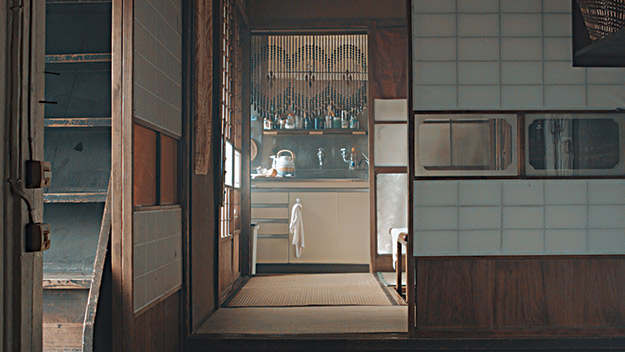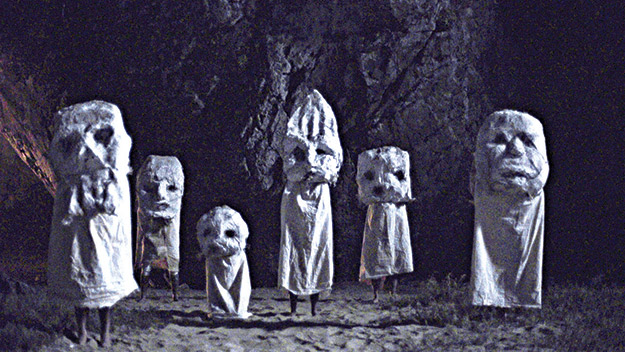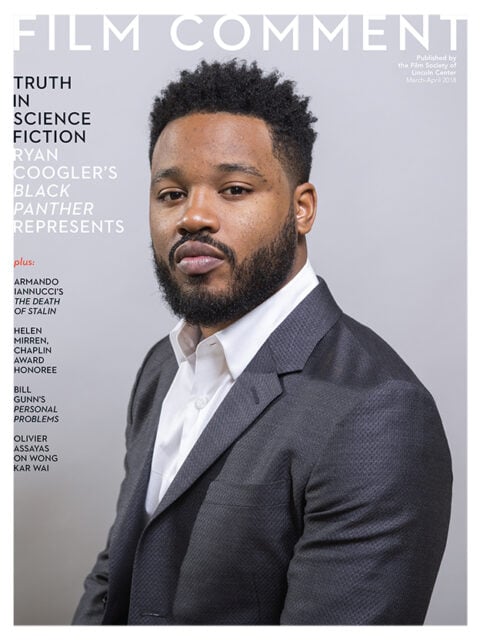
Our House Yui Kiyohara
Yui Kiyohara’s auspicious second feature—a mysterious, surprising work that recalls Jacques Rivette, Kiyoshi Kurosawa (her teacher), and even Mulholland Drive—is something like a low-key, stripped-down take on the oneiric “woman in trouble” film. Drawing structural inspiration from the fugues of Bach, the film interweaves two parallel narratives unfolding seemingly at the same time and in the same place, albeit in different dimensions. We first meet 13-year-old Seri with some friends during an apparent attic dance party, and soon we learn that she lives with her mother in a coastal town. It comes as little surprise that Seri doesn’t approve of her mother’s new boyfriend. But before we can get too comfortable with that familiar-enough story, we’re ushered off to another one, in which an amnesiac named Sana has a chance encounter with another young woman, Toko, who offers to put her up until her memory returns in what seems to be the same old house (or perhaps its extradimensional twin) where Seri and her mom reside. Whereas Lynch or Kurosawa might have doubled down on the nightmarish implications of an imploding multiverse, Kiyohara more restrainedly traces a bridge between two realities that reverberates with the ghostly echoes of what could have been, what might be, and what will or won’t be in an obscure future. Did anyone else hear a noise just now?—Dan Sullivan
Closer Look: Our House screens April 6 and 8 in New Directors/New Films.

Rey Niles Atallah
“A country lawyer…,” a Patagonian guide repeats, musing over his french employer’s story about his origins. Sometime in the 1860s, Rosales is leading M. Orélie-Antoine de Tounens, at his mysterious request, deep into the Chilean backcountry, where hostile tribes are said to live. De Tounens’s reasoning doesn’t get any less outlandish as their travels go on: he claims to be a king—the Rey of the film’s title—who has arrived to rule these lands. Chilean-American filmmaker Niles Atallah interpolates episodes from a show trial—participants wearing puppet-like masks—to tip us off to some of this already, in what becomes a long strange trip into the colonial imagination. A member of Rotterdam Class of 2017, Rey deserves revisiting in the limelight of Lucrecia Martel’s Zama, bringing its own version of total cinema through its often lurid, Sokurov-tinged vision of unearthed legends and memories—quite literally, as some of the mixed 35mm, 16mm, and Super-8 film was shot back in 2011, then buried in Atallah’s garden. What else is in there?—Nicolas Rapold
Closer Look: Rey screens March 3 in Neighboring Scenes at the Film Society of Lincoln Center.
This is an excerpt. To read the full Currents section, please purchase the March/April 2018 issue.








